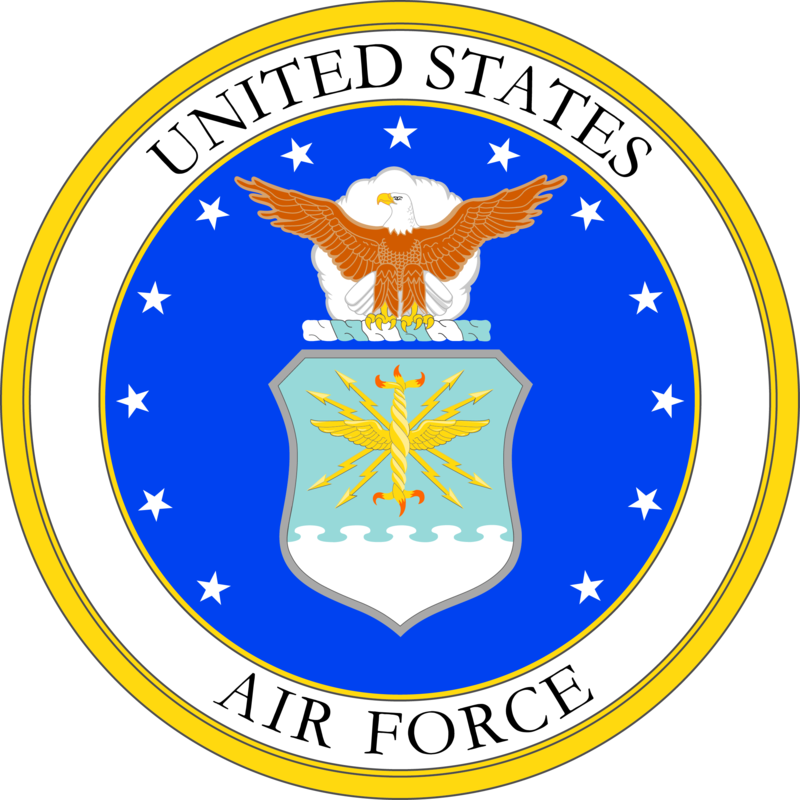Certainly! However, the acronym "AIA" does not directly correspond to a widely known military unit in major armed forces. If you meant a specific unit (such as an Air Intelligence Agency, which was formerly known as AIA in the United States Air Force), here is a brief history tailored to that:
The Air Intelligence Agency (AIA) was established by the United States Air Force in 1993, evolving from the former Electronic Security Command. The unit was tasked with providing intelligence, surveillance, and reconnaissance (ISR) support, focusing particularly on signals intelligence and information warfare. Throughout the 1990s and early 2000s, AIA played a significant role in supporting military operations by delivering critical intelligence to commanders worldwide. In 2007, AIA was redesignated as the Air Force Intelligence, Surveillance and Reconnaissance Agency (AFISRA), continuing its legacy within the broader intelligence community.
If you meant a different "AIA," please provide more details for a more specific answer.

